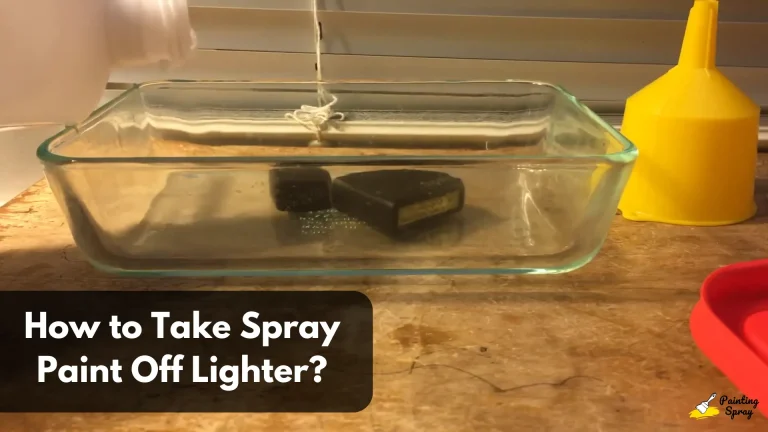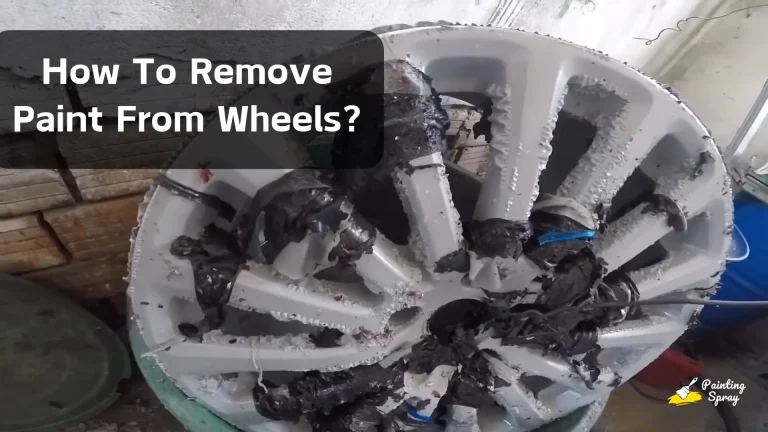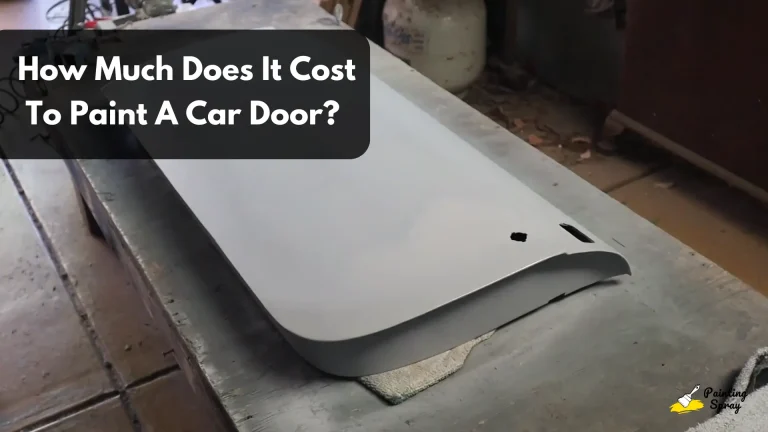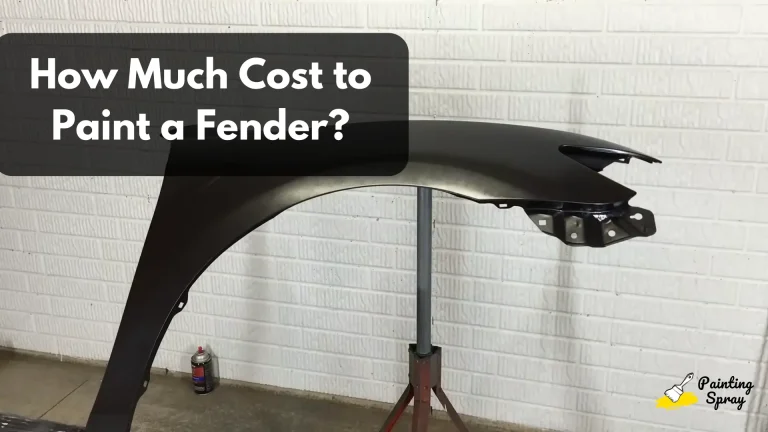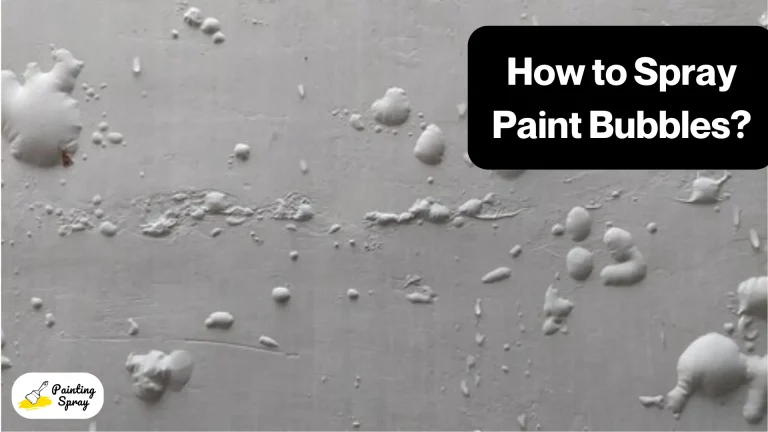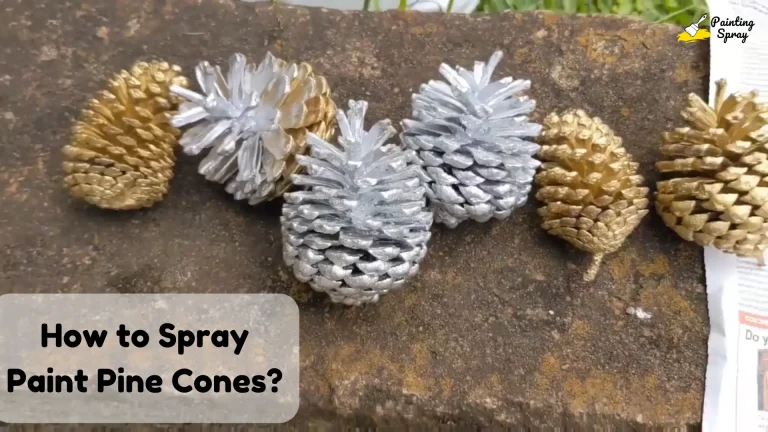How to Spray Paint Ombre: A Step-by-Step Guide for Stunning Results

Creating a stunning ombre effect with spray paint is a fun and creative way to elevate your projects. By choosing the right colors and technique, you can achieve a beautiful gradient that adds depth and interest to any surface.
Whether you’re aiming to update home decor or personalize a tumbler, this method is both accessible and rewarding.
To start, you’ll need to prepare your workspace and select the perfect paint colors. A smooth transition between shades is key, so understanding how to layer your paint will make a significant difference.
With a few tips and a bit of practice, you’ll find that achieving a professional-looking ombre finish is within your reach.
Get ready to transform your items into unique and eye-catching pieces. Arm yourself with the right tools, and let your creativity flow as you explore the vibrant world of ombre spray painting.
Key Takeaways
- A smooth color transition is essential for a good ombre look.
- Preparing your workspace can make the painting process easier.
- Practice with different colors to master the ombre technique.
Understanding Ombre and Spray Paint Basics
Creating an ombre effect with spray paint can transform ordinary objects into eye-catching pieces. This section covers the essence of the ombre look and the types of spray paints you might use for effective results.
The Ombre Effect
Ombre is a design technique that creates a gradient blending of colors from light to dark or from one shade to another. It offers a visually appealing transition that captivates attention. To start, choose colors that complement each other well.
When applying ombre with spray paint, remember the principle of “less is more.” Focus on applying lighter colors first, gradually adding darker colors. This approach helps achieve a smooth blend.
Use short bursts of spray rather than long, continuous streams. This technique allows better control and helps avoid drips and uneven patches.
Types of Spray Paints
Not all spray paints are created equal. When selecting spray paint for your ombre project, consider the following types:
- Acrylic Spray Paint: Quick-drying and easy to use. It’s ideal for indoor and outdoor projects.
- Matte Finish Spray: Offers a non-reflective surface, enhancing the ombre effect without flashy shine.
- Glossy Finish Spray: Provides a shiny, vibrant look. Great for items where a bold appearance is desired.
Check the labels for compatibility with your project material, whether wood, plastic, or metal. Selecting the right type of spray paint ensures a high-quality result and a beautiful finish.
Preparation for Ombre Spray Painting
Before you start, it’s essential to gather your materials and prepare your workspace carefully. Proper preparation is key to achieving a successful ombre effect. Consider paint colors, surface preparation, and setting up your work area.
Choosing Paint Colors
Select three colors for your ombre design. These colors should gradually blend into each other. For a classic look, you might choose shades like red, white, and blue. Make sure the colors complement each other.
Consider using paint types that offer a satin, eggshell, or matte finish. These choices tend to work better than glossy options.
Brands like Rustoleum are reliable for spray paint. Always test your colors on a scrap piece first to see how they look when blended.
Surface Preparation and Primer
Prepare the surface you want to paint carefully. Clean it thoroughly to remove any dirt or grease. A smooth surface is essential for an even finish. Use sandpaper if needed, especially on rough wooden surfaces.
Applying a primer can enhance the color and ensure better adhesion. Choose a primer that is compatible with your paint.
When using a primer, let it dry completely before moving on to the spray paint. This step will help the colors stand out.
Setting Up the Work Area
Create a safe and organized workspace for your project. Lay down drop cloths to protect the floor and surrounding areas from paint overspray. This will save you time on cleanup later.
Make sure you are in a well-ventilated area. Spray painting can create fumes, and good airflow will keep you safe.
Set up your paint cans and brushes within easy reach for efficiency. Use masking tape to block off any areas you don’t want to paint.
Executing the Ombre Spray Paint Technique
Creating an ombre effect with spray paint involves applying multiple shades in a smooth transition. Pay attention to blending and layering the colors correctly to achieve a stunning look.
Applying the Lightest Shade
Start by selecting your lightest shade. This color will be the base for your ombre effect. Make sure to prep your surface by cleaning it and using painter’s tape if needed.
Hold the spray can about 10-12 inches away from the surface. This distance helps create an even application. Begin spraying the lightest shade at the top or the section you want to highlight.
Use a steady, sweeping motion. Move the can from left to right, overlapping slightly with the previous stroke. Depending on the paint, you may need to apply 2-3 light coats for full coverage. Allow each coat to dry before applying the next.
Blending Shades Together
Next, pick your medium shade. This color will help blend the light and dark shades to create a smooth transition. Once the lightest shade is fully dried, lightly spray the medium shade just below it.
To blend effectively, use a technique called “feathering.” Spray the medium color while slightly overlapping the lightest shade. The goal is to create a gradient where both colors mix softly.
For better blending, use a separate clean brush or sponge while the paint is still wet. This helps to soften the edges of the colors and can provide a more gradual fade. Repeat this process until you achieve the desired blend.
Finishing with the Darkest Color
Finally, choose your darkest color to complete the ombre look. Hold the spray can at the same distance, about 10-12 inches from the surface. Apply the darkest shade at the bottom, following a similar technique as before.
Start with even strokes, allowing the dark color to meet the medium shade. Use light pressure to keep the application controlled. Focus on areas where you want to create a shadow effect.
If you notice harsh lines, go back with your medium shade to smooth things out. This technique ensures a balanced transition through all shades. Let everything dry before inspecting your final product.
Frequently Asked Questions
You may have some questions as you begin your ombre spray painting project. Here are answers to common inquiries that can help guide you through the process.

